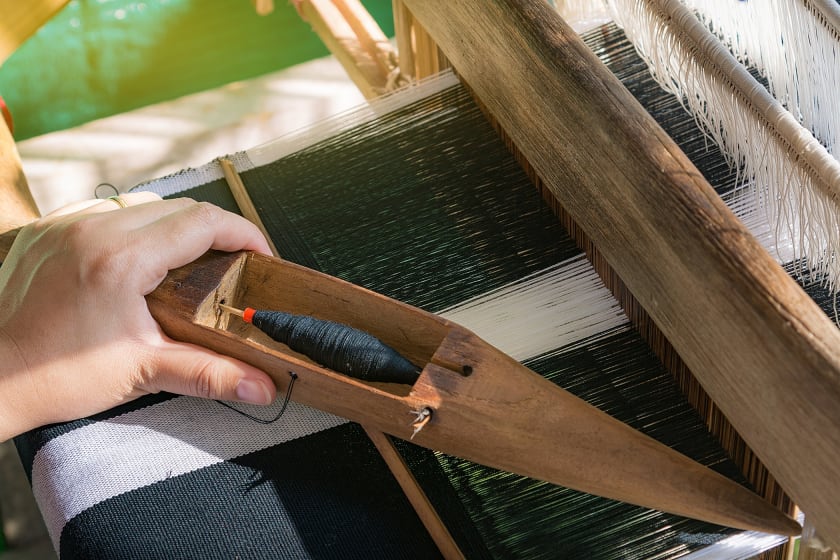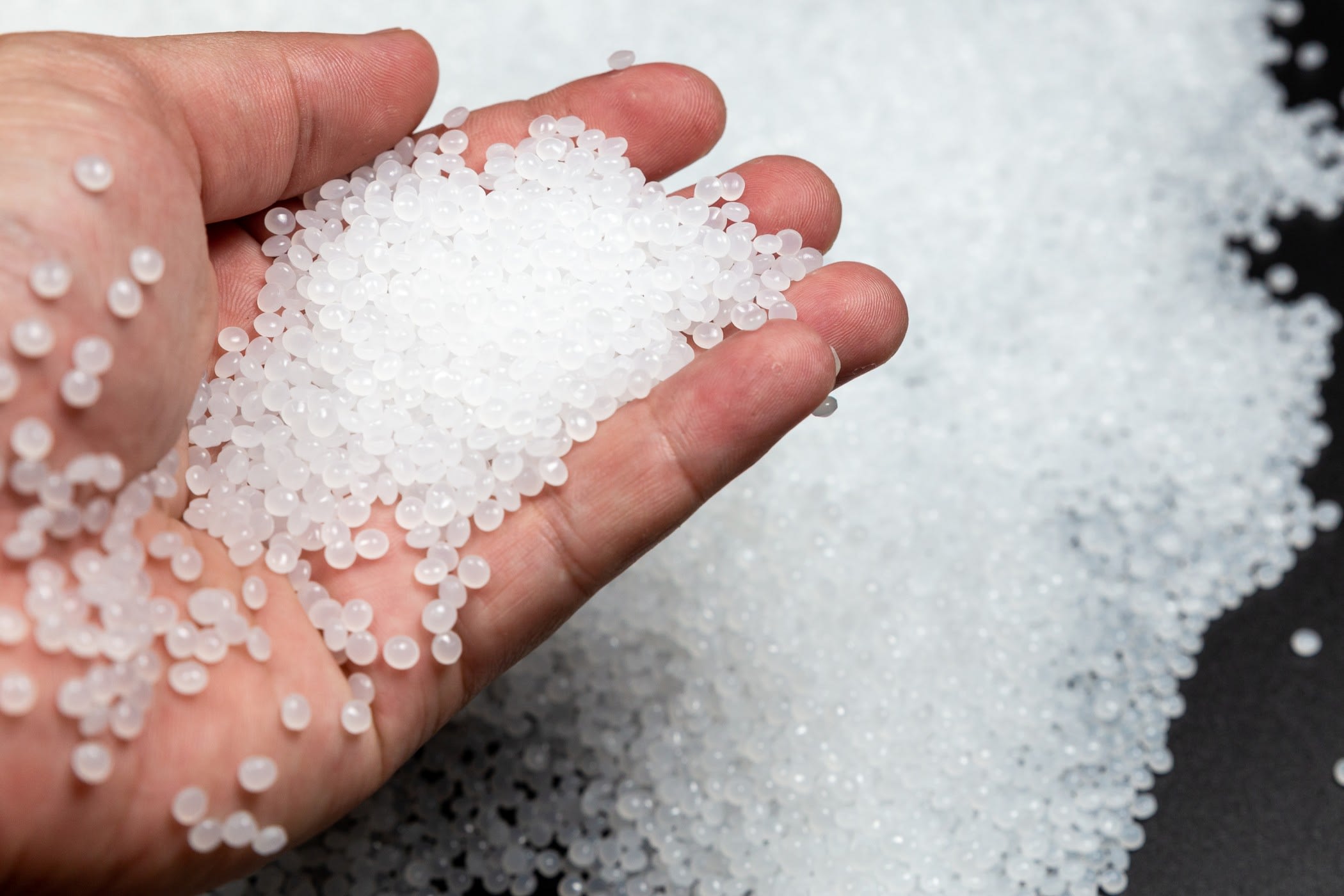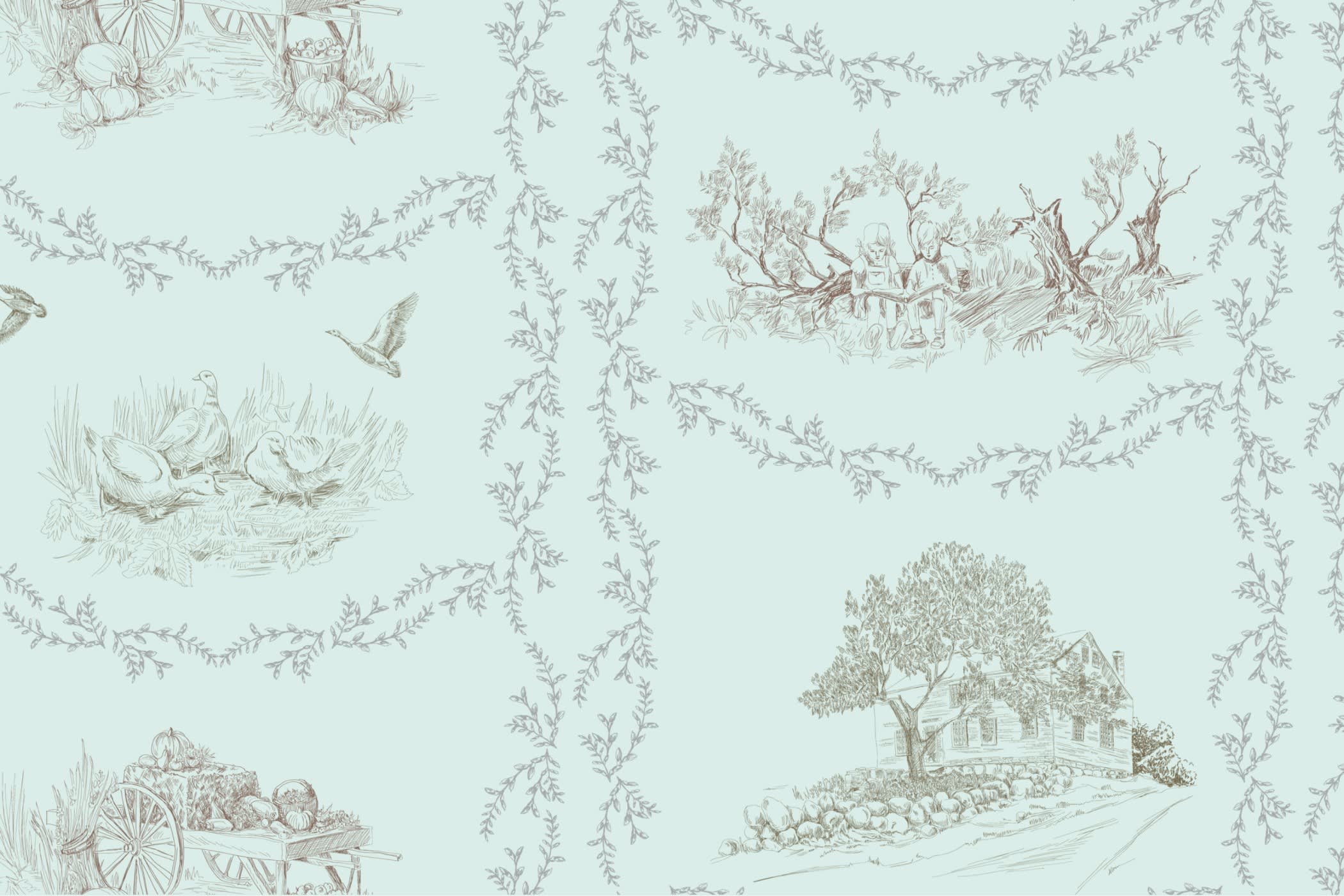Understanding Fabric Construction Fundamentals and Importance



Introduction
Have you ever noticed that the clothes you wear or the textile items you use feel different from each other? Some fabrics are thick, some thin, some closely woven, and some loosely woven, like knitted sweaters. The bedsheets you spread on your mattress for a good night’s sleep, or your plush cushion covers have different textures and weaving patterns. Even some curtains are thick and don't let the light rays seep in at all, while some are sheer and allow light into your living room.
Each garment or item has a fabric construction that differs from the others. That's why they look and feel different from each other. The fibers and yarns vary due to the basic thread used. A cotton thread is different from a silk thread, and synthetic fibers like nylon are different from polyester. The various compositions of the fibers impact the appearance, properties, and wearability of each garment. Some fabrics like polyester resist water, while cotton is known for its absorbing qualities.
A good dress designer should know thoroughly about fabric construction to ensure that she/they pick the most suitable fabric for designing swimwear, raincoats, sportswear, nightgowns, suits, lingerie, sweaters, evening gowns, socks, or various types of dresses. The designer should know thoroughly about fabric construction even when designing home furnishing items like tablecloths, curtains, cushion covers, bedsheets, pillow covers, rugs, carpets, etc.
Types of fibers
- Plant-based fibers: Cotton, linen, hemp, and ramie are sturdy plant-based fibers. They are easy to dye, can be washed and ironed easily, and are not very high-maintenance. Hence, day-to-day clothes and furnishing items are made out of them.
- Animal-derived fibers: Silk, wool, and hair fibers like angora, cashmere, and alpaca are derived from animals and insects. They are more delicate than plant-based fibers and should be handled with care while ironing and washing. They are also prone to moth attacks and must be preserved with care.
Since they are high on maintenance, designers keep these fabrics for special occasions. Dresses for special occasions are made of cashmere or silk.
- Man-made fibers: Synthetic fibers made from petroleum residue like polyester or nylon are quite sturdy. Spandex is yet another example. These fabrics catch fire easily and have water-resistant properties in various proportions, depending on the material. They are soil-resistant too. They are more durable compared to plant-based and animal-based fibers. They are very easy to care for and low-maintenance, making them very popular.
Multiple upholstery and furnishing items like curtains and rugs are made from man-made fibers. Their sturdiness is their biggest USP.
Different methods of fabric construction
- Weaving: Woven threads are made by weaving threads together at a right-angle using a sophisticated machine or handloom. All types of natural and synthetic threads can be woven to make meters of yarn.
- Knitting: Knitting is a technique where loops are formed in a line. Then, similar loops are repeated, and threads are woven in a certain pattern. Two needles are needed to knit the fabric, whether done by hand or a machine. Knitted fabrics normally are stretchable, while woven fabrics are stiff, although their fabric construction is very similar to each other.
- Non-woven: Non-woven fabrics are synthetic materials that have been melted to form a spread. Vinyl sheets, spandex materials, and polythene sheets are such non-woven materials used for making raincoats, underwater suits, umbrellas, etc. Most of them are water-repellent or water-resistant.
- Braided: Just like braids in hair, thick threads can be braided to make a pattern. These are thick fabrics usually used for household furnishings like rugs and doormats.
- Hides: Animal skins are used in the leather industry, and jackets, mufflers, wristwatch bands, belts, etc., are made out of them. These are not man-made items. Minks can be counted in this category of fabrics too.
- Nets: Synthetic plastic fibers are loosely woven to create nets. They are used for creating mosquito nets, fishing nets, and nets for sports like volleyball, basketball, corner pouches in carrom boards, etc.
- Lace: They can be woven using machines which make the fiber very thin in texture. Lace can be woven using crochet threads and a needle to make a thick fabric.
How to handle different kinds of fabric construction
- Woven textile: A piece of woven textile, whether woven by hand or by machine, can be handled easily with the help of scissors, needles, and thread. One needs to be careful about the type of fabric they are using. Cotton fabric requires strong scissors and sturdy stitching. For soft materials like voile or silk, the scissors must be very sharp to ensure they don’t spoil the edge of the fabric while cutting. Also, fine needles should be used for stitching. Even ironing must be done at a very low temperature.
Extremely soft materials like tulle and satin must be handled with extreme care. Hot ironing can completely spoil the fabric. Special skills are required to cut and stitch these materials.
- Knitted fabrics: These are stretchable. Hence, one must be careful while using these to design hosiery garments. Since the material stretches while stitching, special types of sewing machines are needed. The fabric construction of hand-knitted sweaters is quite loose. There are gaps between two woolen threads that cannot be cut or shaped. Knitting needs to happen in the shape of the sweater, cap, or socks.
- Nets and laces: They must be handled with care, otherwise, the entire length of fabric may be spoiled. The fabric construction is very delicate, hence, it needs a different kind of stitching. The first thought which comes to mind when we talk about lace is wedding gowns. Everyone knows that these garments must be handled with care, as a small cut or thread coming loose will spoil the entire gown.
However, nets might be sturdy if they are made of strong nylon or cotton-blended fabrics. The nets used for fishing and tennis courts are extremely sturdy.
- Hides: Designing leather jackets and making them is not an easy task. Leather is an expensive material and can lead to a huge wastage of material if not handled carefully. Whether it is for sofa covers and covers for other furniture like ottomans and recliners, or whether it is for fashion items like jackets and belts, only people with special skills should handle hides.
Conclusion
Thus, when it comes to designing dresses, it is important to have in-depth knowledge about the composition of the fabric too so as to know how to handle them appropriately. To design those dresses, the right kind of fabric with tight fabric construction needs to be sourced as well. Fashinza will be your trustworthy partner in helping you connect with such garment manufacturers who produce textiles in an ethical and environment-friendly manner.



















